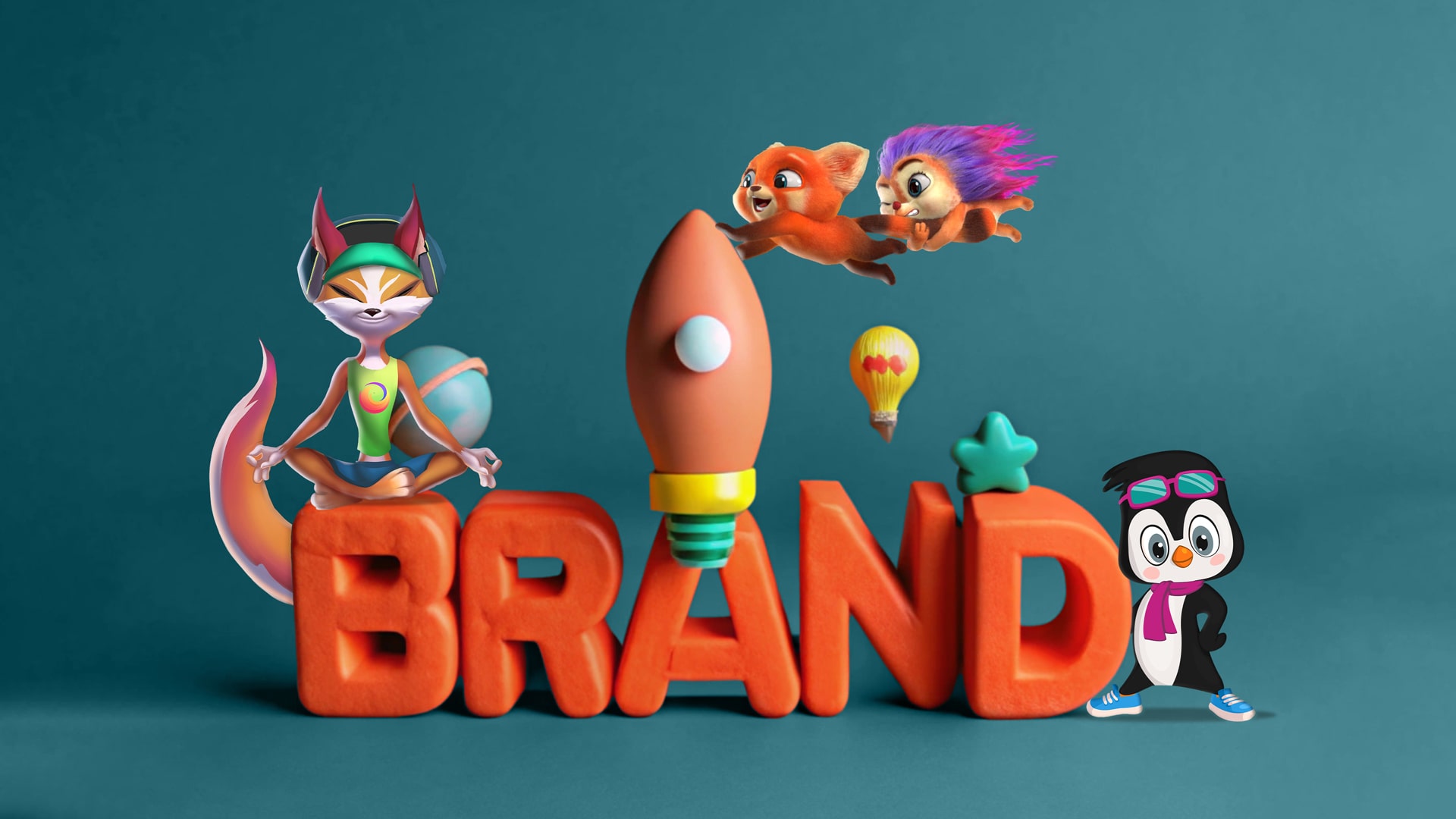
A brand tells a story, but imagine a mascot’s impact on that narrative. We all recognize the Colonel Sanders from KFC or the Geico gecko. How would children ever recognize Disney without Mickey Mouse?
These iconic figures are prime examples of brand mascots. To fully understand their power in marketing, it’s essential to first know what brand mascots are at their core.
Brand mascots have evolved significantly, from static 2D images to dynamic 3D characters and intelligent AI-driven personalities.
With the rise of social media, video, and digital innovations, businesses are leveraging creative character placements more than ever to capture audiences, foster brand loyalty, and drive retention. They clarify complex ideas and provide clear information, which is especially valuable for B2B companies.
Brief Introduction to Brand Mascots
Brand mascots (Trade Character) are symbolic characters or figures that represent a brand, product, or company. They are often designed with distinct personalities and characteristics.
Mascots can be animals, humans, or even fictional creatures.
They are used in branding and marketing materials, advertisements, and social media to establish a consistent and lasting brand impression.
In 2021, the Moving Picture Company, known for creating film characters, conducted a study on the advertising effectiveness of brand mascots. They compiled insights from scholars, analysts, market researchers, advertising agencies, and industry experts, focusing on the efficacy of advertising campaigns utilizing these characters.
The research showed that long-term campaigns featuring mascots led to a 41% increase in Market Share Gain, compared to only 29.7% for campaigns without them.
It results from the fact that mascots offer a unique way to tell stories and engage with your audience.

They bring your brand to life, adding personality and emotion to your marketing efforts. Acting as a bridge between your company and your customers, mascots in marketing create character-driven narratives that resonate on a deeper level.
These characters are not just for entertaining; they empower marketing efforts to significantly enhance visibility and brand awareness, especially for startups in a crowded and competitive market.
They represent your core values and mission, not just your products or services, making them essential for compelling brand storytelling. In other words, they evoke positive feelings like happiness, satisfaction, loyalty, or excitement.
In the following sections, we will explore how mascots enhance various aspects of branding and marketing, from building a memorable brand identity to increasing customer engagement and loyalty. This will help you identify where in your strategies you need to fill the gap with the power of mascots.
Brand Mascots Use Cases in Marketing
Brand mascots can make a transformative impact in shaping your branding and marketing strategies from various aspects. Recognizing these aspects and understanding their potential is vital to using brand mascots effectively in your marketing efforts.
Once you grasp these insights, you can use their full power to resonate with your audience and drive success for your brand.
Brand Personification and humanizing
They personify the company’s ethos, mirroring its employees’ work ethics, values, culture, and unique characteristics. When users interact with the mascot, they experience a reflection of the entire brand, capturing its spirit and personality.
This connection enables the mascot to communicate directly with customers as a team member would, creating a more personal and relatable brand experience. The mascot becomes a living representation of the brand, allowing customers to form an immediate impression based on its appearance, behaviour, and communication style.
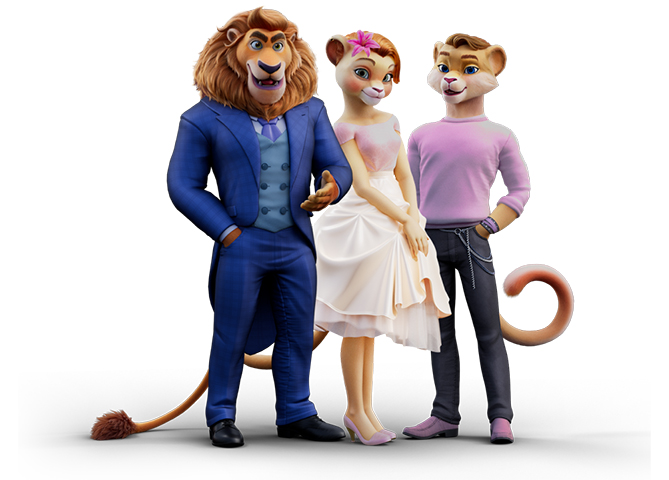
Therefore, using mascots in branding and marketing helps forge a strong emotional bond and enhance brand loyalty.
Brand Identity Boost
A well-crafted mascot goes beyond being a logo; it becomes a vital element of the brand’s visual identity. Mascots in branding help boost brand identity by enriching the brand’s narrative and offering consistent visual assets to engage audiences across various platforms.
Integrating a mascot into your brand and marketing strategies elevates it from a static icon to a versatile character that can convey complex stories and emotions. This enhances the overall brand identity, making it more relatable and memorable.

Transmedia Storytelling
Mascots are pivotal in transmedia storytelling, which involves narrating a story across multiple platforms, each contributing uniquely to the overall narrative. This method goes beyond merely adapting content for different media; it creates a coordinated, immersive brand experience that deepens consumer engagement.
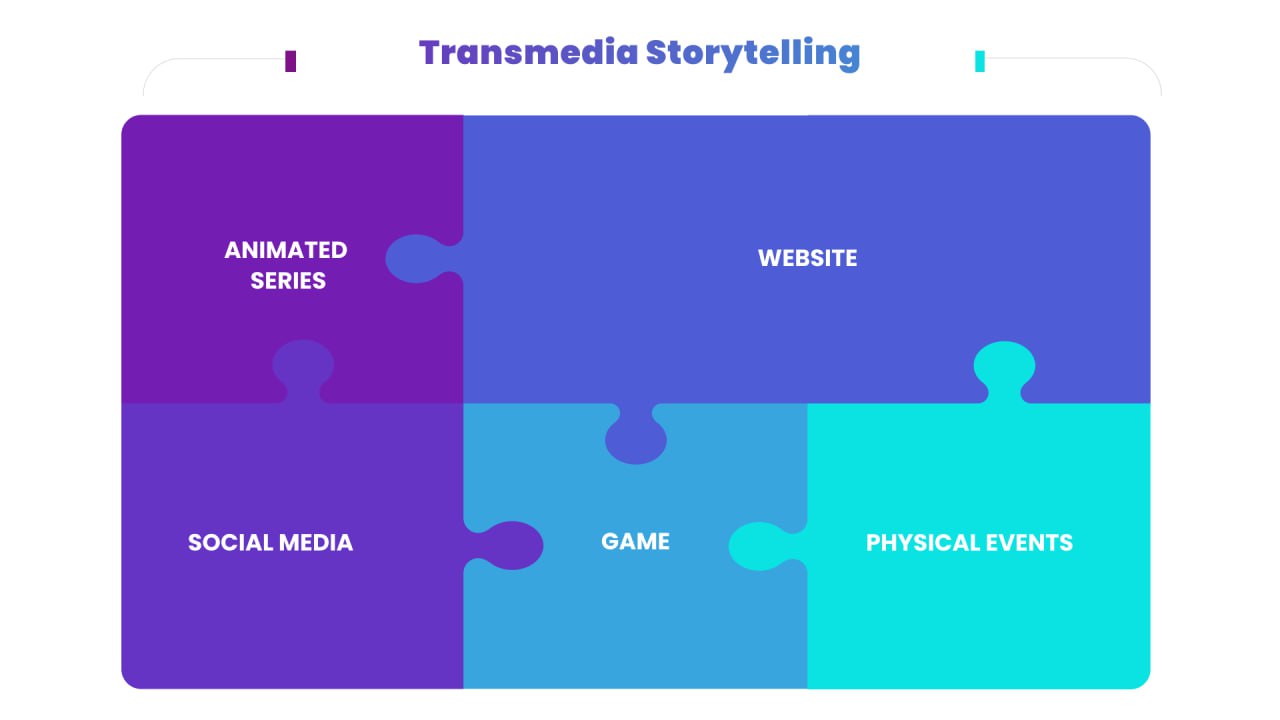
Imagine a skincare brand using its mascot on social media and its website. The mascot shares skincare tips on social media, and hosts live Q&A sessions. Meanwhile, on the website it leads interactive tutorials showcasing product benefits. This multi-platform approach engages users and educates them about the brand’s offerings.
By leveraging a mascot, brands can seamlessly weave their story through various channels such as social media, video content, and interactive websites. This cohesive storytelling approach enhances user experience and encourages a deeper connection with the brand.
Enhance Brand Recall and Retention
Brand Mascot in marketing campaigns significantly boosts brand recall and retention. Research indicates that consumers are likelier to remember brands that utilize mascots because they provide a memorable visual anchor.
This visual consistency reinforces brand messaging, making it easier for consumers to recall and associate positive experiences with the brand. As a result, mascots can foster greater brand loyalty and drive repeat purchases. With adequate planning and creative execution, mascots can maintain relevance and enhance brand recall for years.
Wider Audience Reach
Brand mascots play a crucial role in branding and marketing strategies by appealing to diverse audiences. By designing mascots representing different cultures, backgrounds, and identities, brands can show their commitment to inclusivity and diversity. This approach broadens the brand’s appeal and resonates with a diverse customer base, making them feel seen and valued.

Moreover, inclusive mascots can help startups and established brands connect with various demographic groups, fostering a sense of belonging and enhancing brand loyalty across diverse audiences.
Use Mascot in Gamification
Using brand mascots in your gamification strategy can transform your marketing approach. Gamification involves adding game-like features or incentives to every day or non-game activities.
This means incorporating elements like rewards, points, or challenges into various contexts to make them more engaging. Mascots further help you infuse your brand message, values, and narrative into the gaming experience, making it more captivating and memorable for your audience.
Imagine a game for kids where users try to play with your brand mascot in a story world, completing tasks to unlock gems or other rewards. This fun approach increases conversions, creating a compelling and engaging way for users to connect with your brand, and will stick to their minds!
Brand Messaging and Storytelling
Brand mascots are invaluable in shaping your brand messaging and storytelling. They display your brand’s core values and personality, resonating deeply with audiences and forging meaningful connections. Moreover, they are versatile and adaptable, making them perfect for storytelling and messaging.
Using Brand mascots in branding, they become the face of your company. Whether through advertising, social media engagement, or experiential marketing, mascots are powerful storytellers.
They capture attention and leave a lasting impression, helping you communicate your brand’s message more effectively. This approach enhances brand recall and makes your brand more relatable and memorable.
Engagement and Interaction
Modern branding and marketing leverage mascots to create unique engagement opportunities, infusing brands with personality and emotion. Mascots bridge companies and consumers, transforming marketing into engaging, character-driven narratives.
Mascots excel at building personal bonds with audiences and making brand stories more captivating and memorable.
Mascots play a crucial role in compelling brand storytelling by embodying a brand’s core values and mission. They help forge stronger relationships with customers and are pivotal in the shift towards marketing strategies that prioritize narrative and engagement over traditional advertising methods.
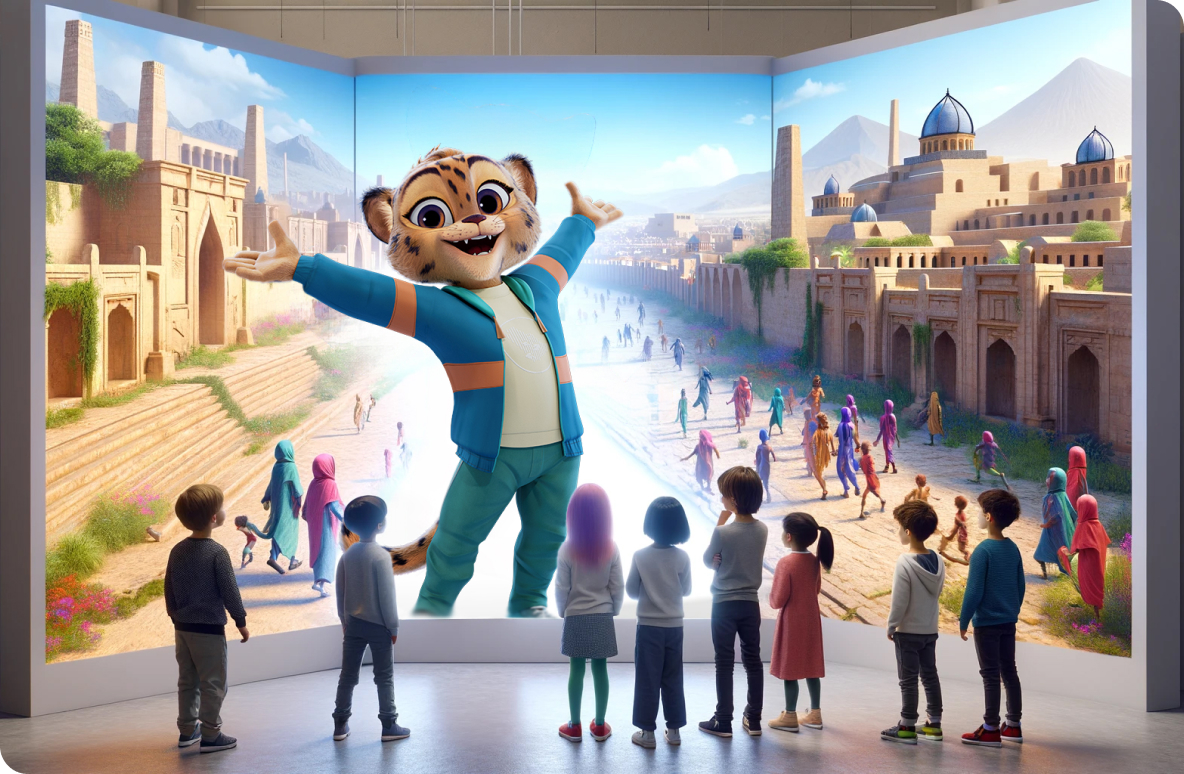
Emotional Connections
Mascots are crucial in building emotional connections with customers. They can evoke emotions such as joy, excitement, and empathy, creating positive associations with the brand.
By triggering these emotions, mascots help build stronger emotional bonds with the audience, increasing loyalty and engagement. When customers feel emotionally connected with a mascot, they are likelier to develop a lasting affinity for the brand.
If you’re thinking about adding a mascot to your communication plan, our team is here to help.
With over 10 years of experience and the development of more than 2,500 characters, we’ll guide you through every step to unlock the full potential of your new team member!
Learn more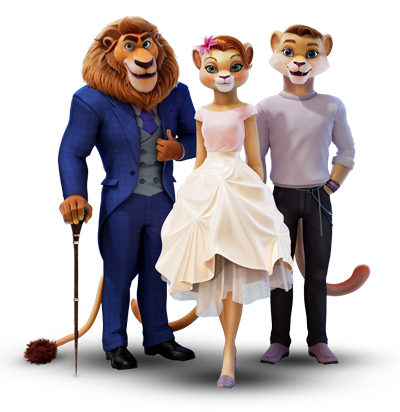
Merchandising
Mascots extend the brand experience beyond traditional consumption through merchandising opportunities. Branded merchandise featuring mascots can create tangible connections with customers, allowing them to take a piece of the brand home.
This not only enhances brand loyalty but also generates additional revenue streams. Merchandising may feature numerous products, from clothing and accessories to toys and collectibles, all of which serve to reinforce the brand’s presence in the daily lives of consumers and keep the mascot’s image front and center.
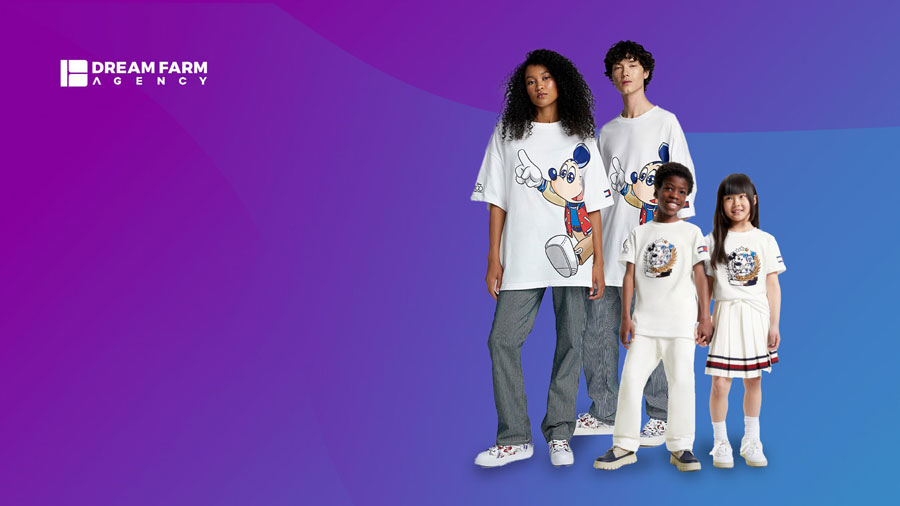
However, with advancements in technology, such as augmented reality (AR), virtual reality (VR), and artificial intelligence (AI), the impact of brand mascots has surged even further.
In the next section, you’ll explore interactive XR and AI-powered brand mascots that have innovated customer engagement and brand experiences.
Interactive XR Brand Mascots
One of the most exciting developments in branding today is the use of Extended Reality (XR) to create interactive and dynamic brand mascots. XR, which includes VR, AR, and Mixed Reality (MR), offers a transformative approach to mascot design and customer interaction.
Imagine a mascot not confined to a two-dimensional space but can interact with your customers in a lifelike 3D environment. With VR, you can create a fully immersive world where your mascot guides users through virtual tours, explains product features, or entertains them with interactive stories and games. This level of engagement makes your brand memorable.

AR takes things further by superimposing digital mascots onto the real world. Your mascot can appear on customers’ smartphones while they shop, providing personalized recommendations or special offers in real-time.
Mixed Reality (MR) combines the best of VR and AR, creating environments where virtual mascots can interact with real-world objects. Imagine a mascot that appears in your customer’s living room and responds to their gestures or interacts with physical items. This creates a deeply immersive and engaging experience that strengthens the connection between your brand and your customers.
Integrating XR mascots into your brand strategy boosts engagement and provides valuable data insights. You can monitor customer interactions with the mascot, what features they use most, and how they respond to different types of content. You can use this data to shape your marketing strategies, product development, and customer service enhancements.
And the next pivotal phase is the emergence of AI. It has revolutionized mascot interactions by providing intelligent, data-driven responsiveness, as explained in the following section on AI-powered brand mascots.
AI Revolutionizing Mascot Design
AI-powered brand mascots are taking customer engagement to new heights. These mascots are not just digital characters but intelligent entities capable of analyzing data and personalizing interactions in real-time.
Integrating AI into brand mascots allows you to create dynamic, responsive, and tailored experiences for each customer.
Data processing and analytics are crucial in this integration, as they allow for the meaningful interpretation and application of data collected in XR environments. Analyzing this data, AI algorithms can deliver valuable insights, adapt experiences in real-time, and make XR environments more responsive and personalized.
It can analyze user behavior to understand preferences and adjust the mascot’s interactions accordingly. This level of personalization creates a deeper relationship between the customer and the brand.
Dream Farm Agency’s Brand Mascot Total Solution
At Dream Farm Agency, we understand the power of a captivating brand mascot in enhancing customer engagement and brand loyalty. That’s why we’re proud to offer our brand mascot total solution, a comprehensive suite of services designed to bring your brand mascot to life and create unforgettable experiences for your audience.
Our journey begins with professional brand design. Our team collaborates closely with you to better understand your brand identity, values, and target audience. Using this insight, we craft a brand mascot design that perfectly embodies your brand personality and resonates with your audience. We tailor the design from sleek and modern to whimsical and playful to fit your unique brand image.
We create immersive experiences that allow your audience to interact with your mascot in exciting new ways. From virtual tours and games to real-time interactions, we leverage XR to create memorable experiences that leave a lasting impression.

Fareena
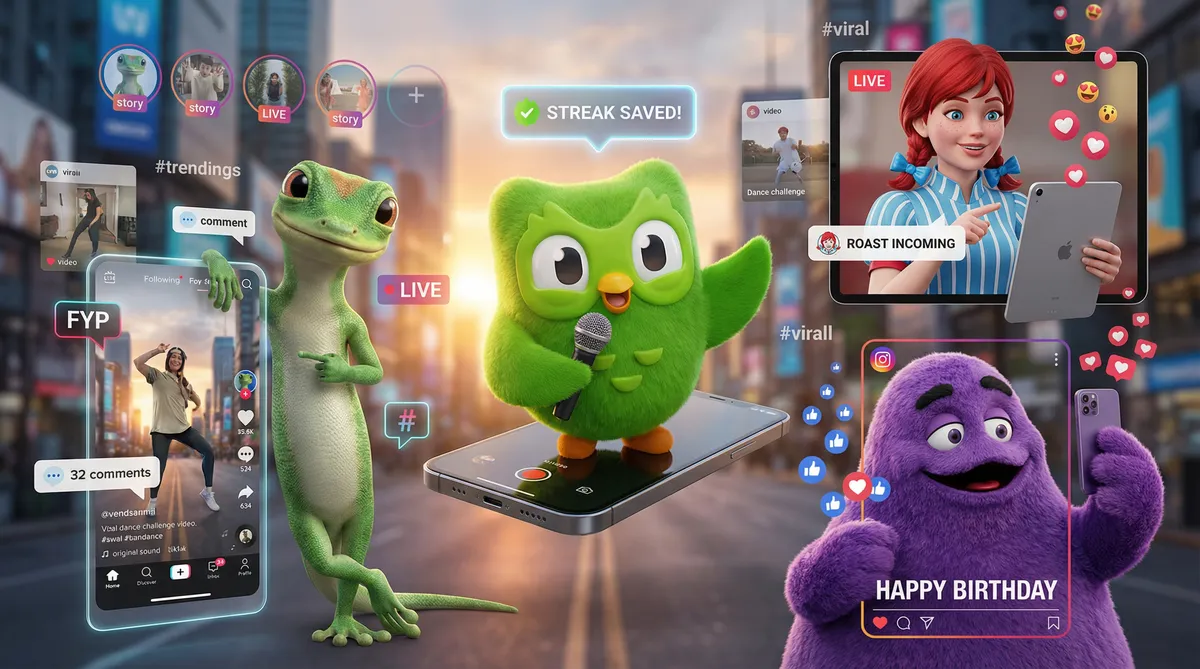


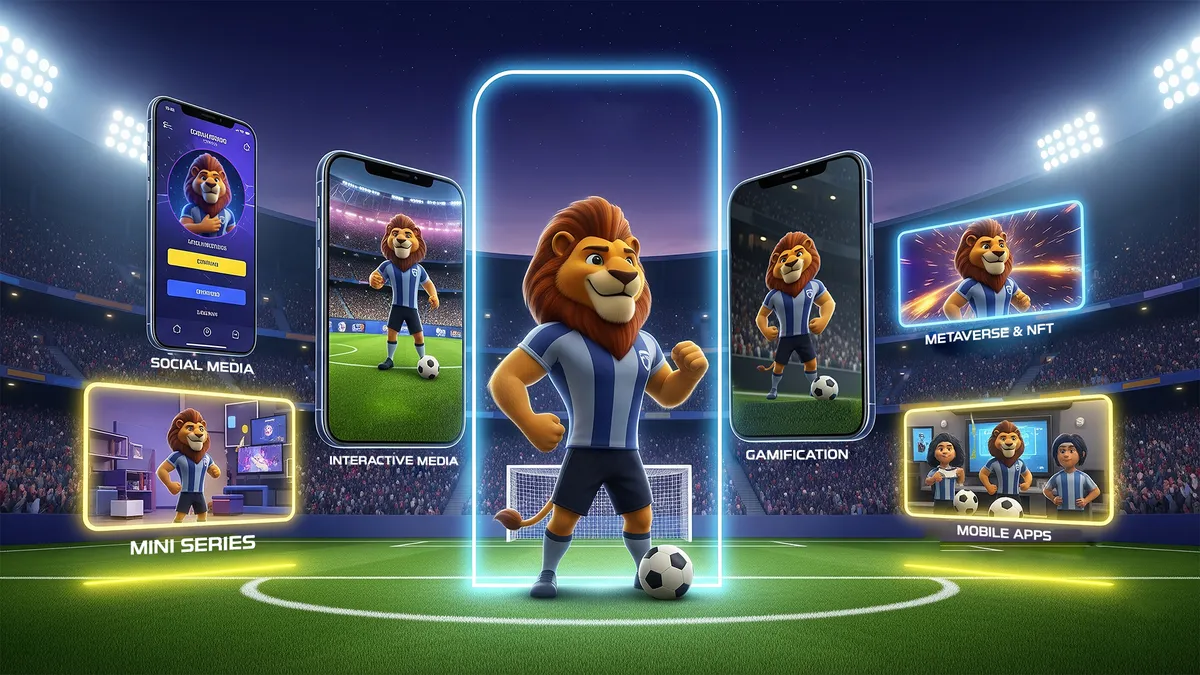
Insightful read! Mascots truly are powerful brand storytelling tools.
Absolutely, they’re essential!